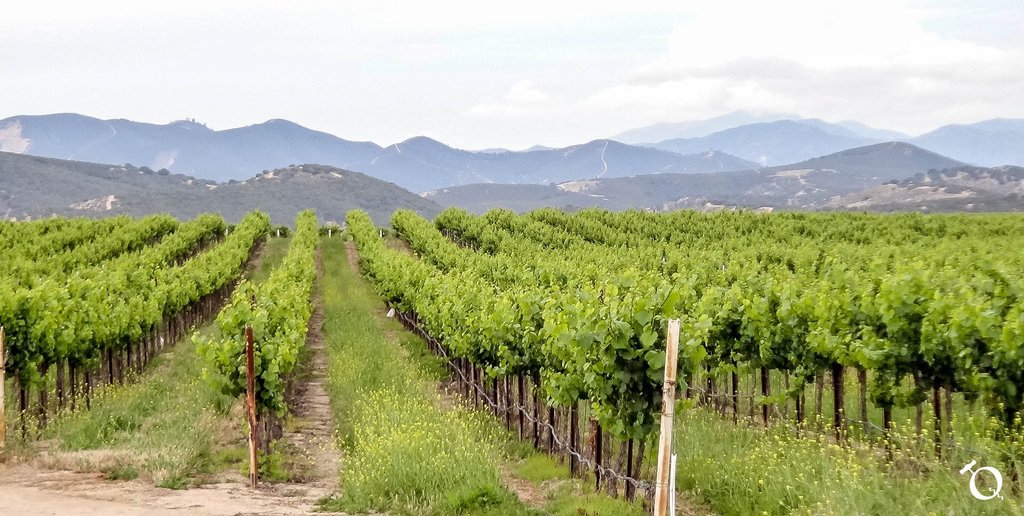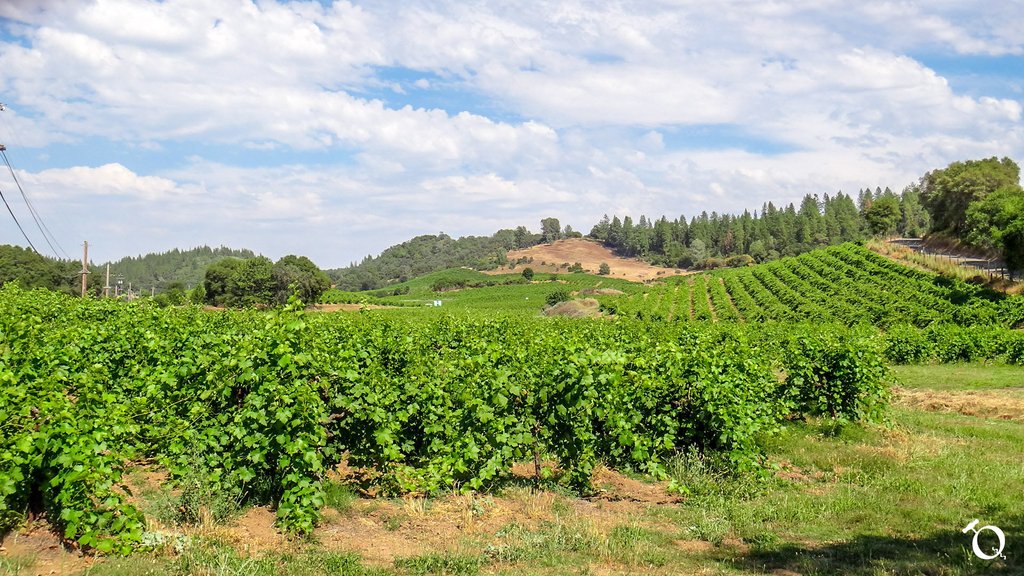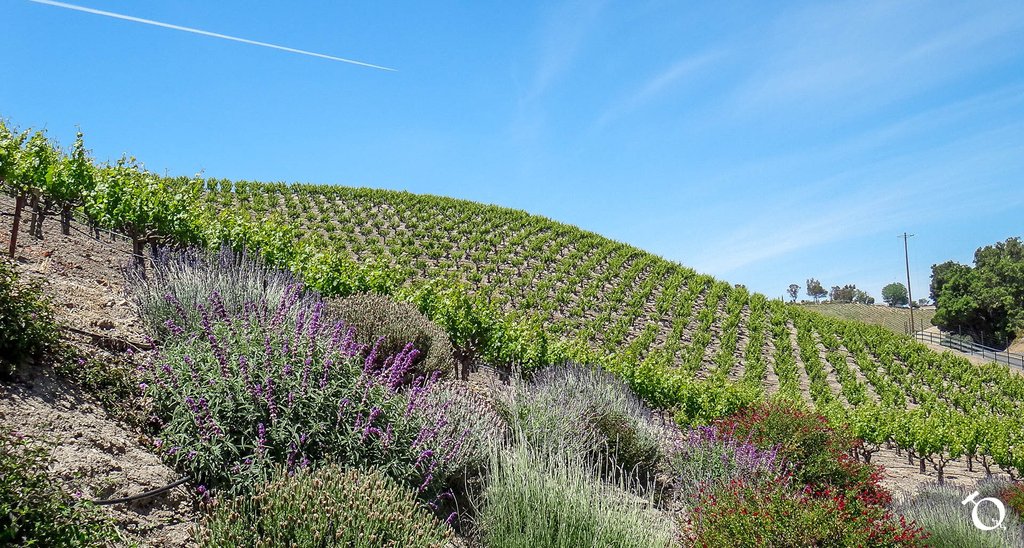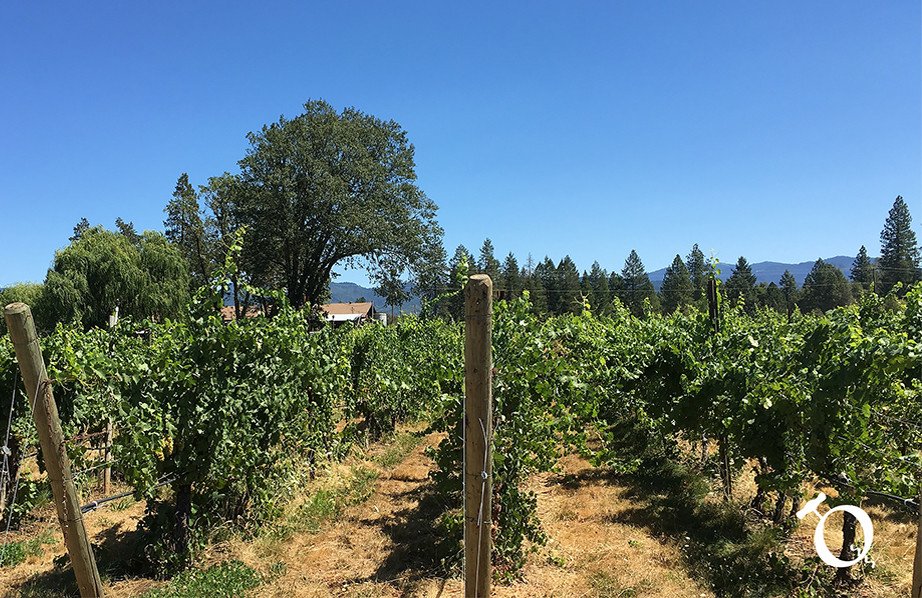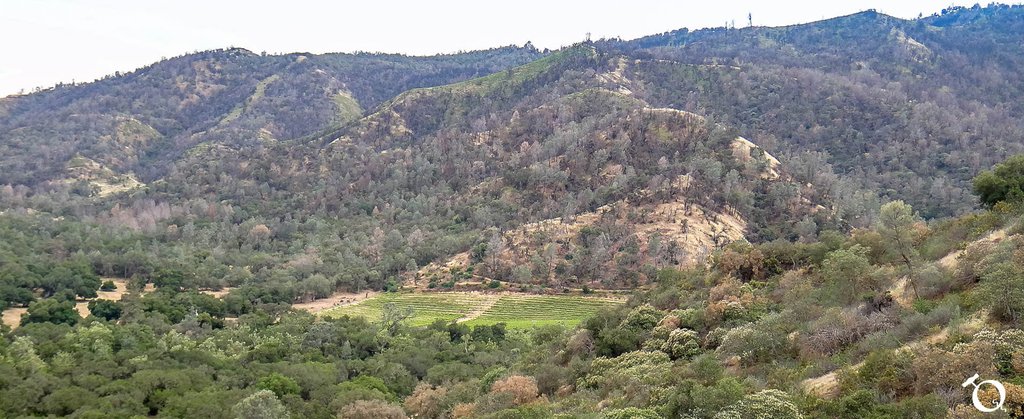San Bernabe - Wine Region of the Day
/San Bernabe received its designation as an AVA in 2004. Sitting on 24,796 acres, the region is a sub-appellation of the Monterey AVA. The most centrally located of all of the AVAs located in Monterey, San Bernabe is located between the Salinas River and the Santa Lucia Mountains. The soil of the region is a sandy loam and has excellent drainage. There are varying climates within the region, but it mostly has long sunny days and cool nights that allow for a well balanced but robust grape. The region grows over fifteen different varietals but is mostly known for producing Merlot, Syrah, Pinot Noir, Chardonnay, Sauvignon Blanc, and Riesling.


